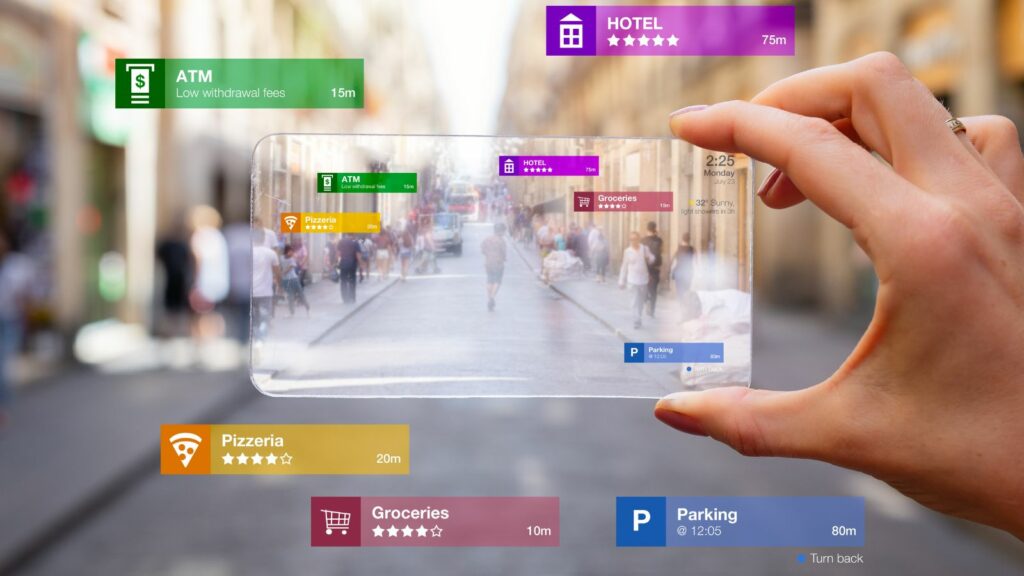In a world where technology shapes our everyday lives, it’s hard not to get excited about the possibilities of futuristic gadgets. They promise to redefine our understanding of innovation, and the way we interact with the world around us.
From AI-driven home assistants to self-driving cars, these futuristic gadgets are no longer just figments of our imagination. They’re becoming part of our reality, revolutionizing industries and redefining what’s possible.
Futuristic Gadgets
Futuristic gadgets are intriguing elements, combinations of advanced technology and unique design. Let’s delve deeper into their characteristics and how science fiction influences their development.

Futuristic gadgets aren’t merely novel devices. They’re technological breakthroughs pushing boundaries. Defined by three key characteristics, they often exhibit innovative design, advanced functionality, and unprecedented potential.
- Innovative Design: An imaginative design captures the essence of a futuristic gadget. For instance, Google Glass, though not commercially successful, adopted an innovative design. Functioning as eyewear, it sought to embed internet browsing capabilities in a commonplace accessory.
- Advanced Functionality: Futuristic gadgets often perform functions unthinkable with current technology. Amazon’s Alexa, a voice AI-driven home assistant, makes lifestyle personalization a reality. It anticipates needs, sets reminders, and even places orders on users’ behalf, features once thought of as science fiction.
- Unprecedented Potential: These gadgets often possess limitless potential. Self-driving cars, such as Tesla’s Autopilot vehicles, exhibit this. They harness machine-learning technology, improving with every drive and predicting potential hazards, indicating the transformative power of such innovations.
Sci-fi holds a renowned spot in the formation of futuristic gadgets. One might think of it as a roadmap, providing technologists with a vision and guiding them in their development endeavors. Visionaries such as Gene Roddenberry, the creator of Star Trek, dreamt of seamless interstellar communication. Years later, this fantasy comes alive in the form of smartphones and satellite communication, mirror-like reflections of his imagined Communicator device.
Current Trends in Futuristic Gadgets
Transcending from science fiction stories to our everyday lives, futuristic gadgets continue to shape the scope of technological advancement, weaving into the fabric of modern realities. This section fleshes out the contemporary trends rooting swiftly in the realm of these sophisticated devices.

Wearable technology accelerates the frontiers of innovation unceasingly. Marked by their portability and high-functionality, wearable tech gadgets encourage seamless interactions between humans and technology. An emerging trend is the rise of fitness trackers, signaling a surge in health consciousness amidst tech-users. Take, for instance, Fitbit and Apple Watch. These devices, equipped to monitor vital health parameters like heart rate, sleep patterns, and calorie burn rate, demonstrate fitness tracking taken a notch higher.
Another trend revolutionizing lifestyles is the advent of smart home devices. Blurring the lines between comfort and automation, these devices are playing a pivotal role in crafting smart homes’ dynamics. Echo and Nest, renowned for their home security features, exemplify the fusion of technology in safeguarding homes. Additionally, the popularity of smart speakers like Amazon Echo and Google Home is on the rise, fulfilling a dual role of beloved household assistants and hubs for other smart home devices to work together seamlessly.
Breakthroughs in Mobility and Transportation
Transitions in the mobility and transportation sectors represent the next wave of futuristic gadget innovation.

Adventures in vehicular technology showcase a bold new terrain where electric and autonomous vehicles tower as modern marvels. Among the pack, Telsa’s electric vehicles (EVs) stand out. These self-charging dynamic machines, powered by robust lithium-ion battery packs, offer high mileage, emissions-free driving. Equally groundbreaking, Autonomous driving has emerged as the zenith of mobility technology.
Pioneers like Waymo and Uber ATG are propelling the self-driving car industry to new heights. Their innovative vehicular systems combine diverse technologies, such as Artificial Intelligence (AI), Lidar sensors, and 360-degree cameras to observe and respond to the vehicle’s surroundings.
Nevertheless, regulatory and safety concerns cloud the autonomous vehicle’s horizon. Promises of safer trips unencumbered by human error vie with fears about the reliability of the technology. The balance between promise and fear is precarious, demanding rigorous testing and legislation before these high-tech vehicles become mainstream.

